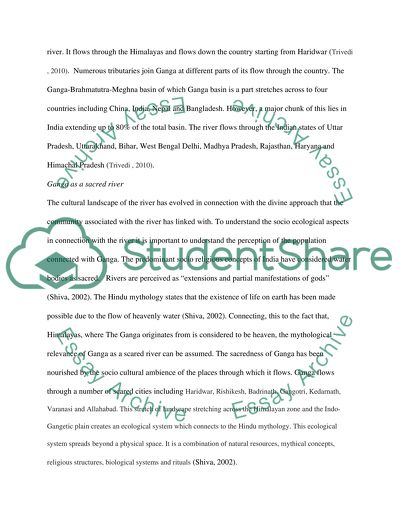Cite this document
(“Ganga river Essay Example | Topics and Well Written Essays - 3000 words”, n.d.)
Retrieved from https://studentshare.org/environmental-studies/1396623-water
Retrieved from https://studentshare.org/environmental-studies/1396623-water
(Ganga River Essay Example | Topics and Well Written Essays - 3000 Words)
https://studentshare.org/environmental-studies/1396623-water.
https://studentshare.org/environmental-studies/1396623-water.
“Ganga River Essay Example | Topics and Well Written Essays - 3000 Words”, n.d. https://studentshare.org/environmental-studies/1396623-water.


